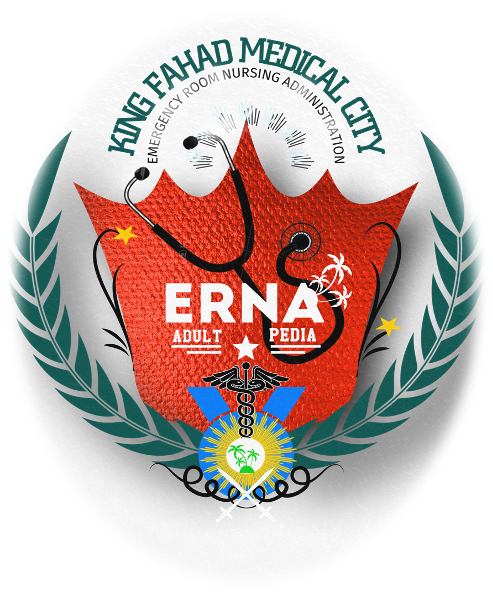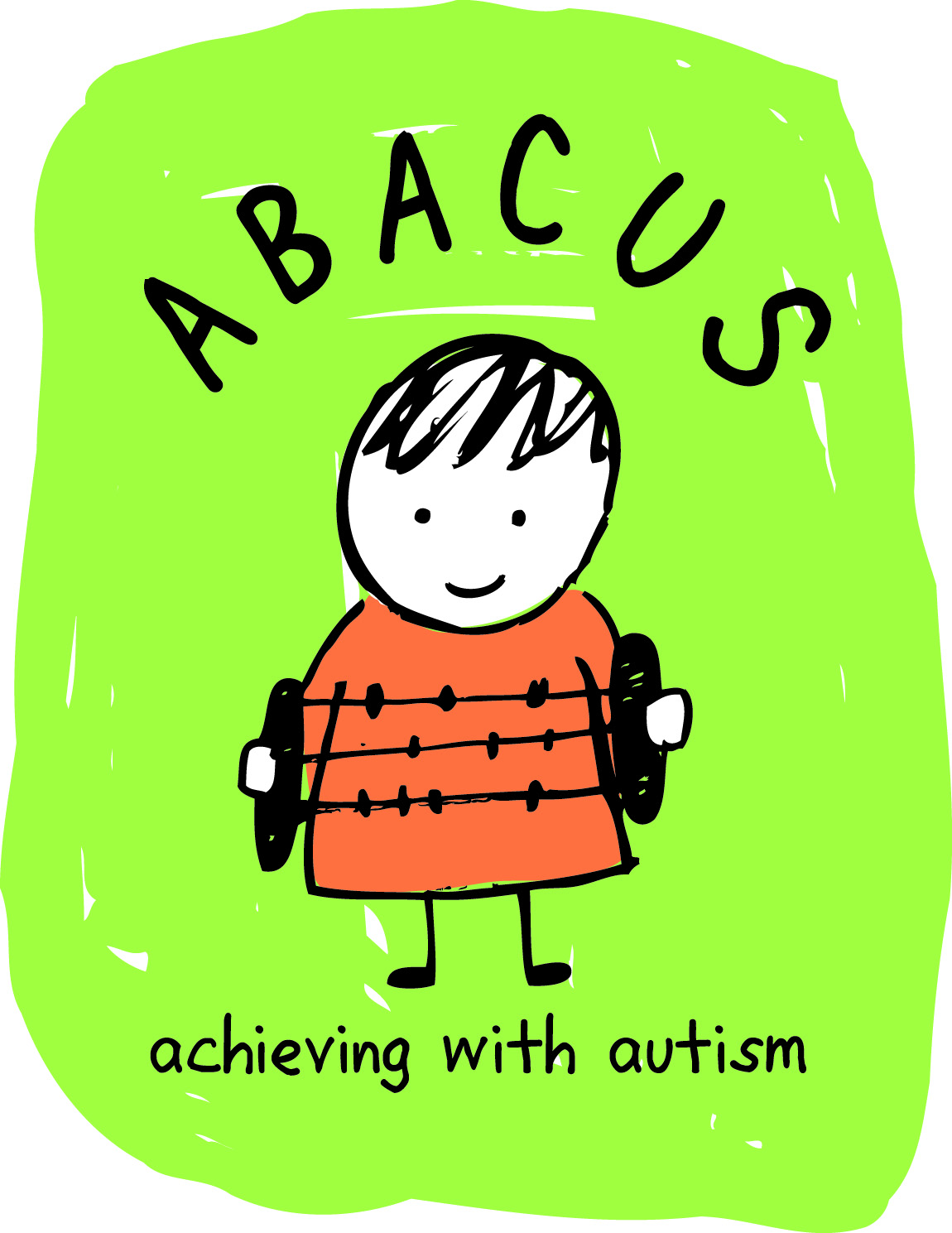Title Page
-
Conducted on
-
Prepared by
Compliance Standards
-
Each position has a written job description that identifies the following:<br>- The minimum qualifications of the position<br>- The competencies of the position, which include the minimum skills, knowledge, and experience required for the position<br>- The duties and responsibilities of the position<br>Note: A written contract may replace a job description. (For more information on contracted services, refer to Standard LD.04.03.09.)
-
Notes:
-
Governance or its designee approves the job descriptions.<br>Note: See the Glossary for the definition of governance.
-
Notes
-
All staff who provide care, treatment, or services possess a current license, certification, or registration, in accordance with law and regulation and organization policy.
-
Staff practice within the scope of their license, certification, or registration and as required by law and regulation and organization policy.<br>Note: For opioid treatment programs: The organization will have a federal exemption in place to allow licensed practitioners to write medication orders in opioid treatment programs.
-
Staff practice within the scope of their job description.
-
The organization performs primary source verification of staff licensure, certification, or registration in accordance with law and regulation and organization policy at the time of hire and the time of renewal.
-
The organization verifies and documents that the job applicant has the education and experience required by the job duties and responsibilities, unless this information has already been verified by the entity that issued the applicant's licensure, certification, or registration.
-
The organization verifies the identity of the job applicant by viewing a valid picture identification issued by a state or federal agency (for example, a driver’s license or passport).
-
The organization obtains a criminal background check on the job applicant as required by law and regulation or organization policy. Criminal background checks are documented.
-
Staff comply with health screening in accordance with law and regulation or organization policy. Health screening compliance is documented.
-
The organization uses the following information to make decisions about hiring and assigning staff job duties and responsibilities:<br>- Verified licensure, certification, or registration required by law or regulation and organization policy<br>- Verified education and experience<br>- Results of criminal background check(s), in accordance with law and regulation and organization policy<br>- Outcomes of applicable health screenings and staff member’s health statement, in accordance with law and regulation and organization policy<br>- Evaluation of any challenges to licensure or registration<br>- Evaluation of any voluntary or involuntary relinquishment of license or registration<br>- Evaluation of any voluntary or involuntary limitation, reduction, or loss of clinical responsibilities<br>- Evaluation of any professional liability actions that resulted in a final judgment against the staff member
-
The organization queries the National Practitioner Data Bank (NPDB) for information on physicians and dentists at the time of hire, and at least every three years thereafter or within the period required by law and regulation if shorter.
-
The organization determines the key safety content of orientation provided to staff.<br>Note: Key safety content may include specific processes and procedures related to the provision of care, treatment, or services and the environment of care.
-
The organization orients its staff to the key safety content before they provide care, treatment, or services. Completion of this orientation is documented.
-
The organization orients staff on the following:<br>- Policies and procedures related to job duties and responsibilities.<br>- Their specific job duties and responsibilities.<br>- Sensitivity to cultural diversity based on their job duties and responsibilities.<br>Note: Sensitivity to cultural diversity means being aware of and respecting cultural differences. This does not mean that staff have to be conversant with every culture that they may encounter in the organization.<br>- The rights of individuals served, including the ethical aspects of care, treatment, or services.<br>Completion of this orientation is documented. (See also IC.02.01.01, EP 7; RI.01.07.03, EP 5)
-
For organizations that sponsor or offer peer support services: The organization orients staff to working collaboratively with persons providing peer support.
-
For organizations that sponsor or offer peer support services: The organization orients persons providing peer support services to the following:<br>- Their roles and responsibilities<br>- Communication techniques<br>- Methods to provide support for the individual served<br>- Consumer advocacy<br>- Methods for disengaging from their relationship with the individual with whom they are working<br>- Crisis recognition<br>- Procedures for responding to a crisis both for the individuals served and themselves
-
The scope and depth of supervision that staff receive is based on their job duties and responsibilities; their experience with the care, treatment, or services they are providing; and the population(s) served.
-
Consultation is available to direct care staff.<br>
-
Staff provide and/or oversee the supervision of students when they provide care, treatment, or services as part of their training.<br>Note: Monitoring is not required when it is provided by the student’s educational institution.
-
Staff participate in education and training as follows:<br>- To maintain or increase their competency<br>- Whenever changes in their responsibilities require it<br>Note: Education and training are only required if an assessment of staff skills and competencies indicates a need for their provision.<br>- To meet specific needs of the population(s) served by the organization<br>Staff participation is documented.
-
For organizations that sponsor or offer peer support services: The organization has a process for persons who are providing peer support services to receive education and training that enhances their knowledge and skills.
-
Staff performing pain screening participate in education and training on screening individuals for pain.
-
As part of its workplace violence prevention program, the organization provides training, education, and resources (at time of hire, annually, and whenever changes occur regarding the workplace violence prevention program) to leaders, staff, and licensed practitioners. The organization determines what aspects of training are appropriate for individuals based on their roles and responsibilities. The training, education, and resources address prevention, recognition, response, and reporting of workplace violence as follows:<br>- What constitutes workplace violence<br>- Education on the roles and responsibilities of leadership, clinical staff, security personnel, and external law enforcement<br>- Training in de-escalation, nonphysical intervention skills, physical intervention techniques, and response to emergency incidents<br>- The reporting process for workplace violence incidents
-
For each of its programs or services, the organization defines the competencies it requires of staff members who provide care, treatment, or services.<br>Note: Competencies may be based on the programs or services provided and the populations served.
-
Staff with the educational background, experience, or knowledge related to the skills being reviewed assess competence.<br>Note: When a suitable individual cannot be found to assess staff competence, the organization can utilize an outside individual for this task. If a suitable individual inside or outside the organization cannot be found, the organization may consult the competency guidelines from an appropriate professional organization to make its assessment.
-
The organization conducts an initial assessment of staff competence. This assessment is documented.
-
The organization assesses staff competence whenever job duties and responsibilities change.
-
Staff competence is assessed and documented once every three years, or more frequently as required by organization policy or in accordance with law and regulation.
-
The organization takes action when a staff member’s competence does not meet expectations.<br>Note: Actions may include, but are not limited to, providing additional training or supervision, or modifying job duties and responsibilities.
-
Staff who assess, plan services for, and deliver services to individuals with substance abuse, dependence, and other addictive behaviors demonstrate knowledge about such behaviors and their treatment.
-
Staff who assess individuals with substance abuse, dependence, and other addictive behaviors and who plan services for and deliver services to these individuals have the knowledge and skills to do the following:<br>- Establish rapport, systematically gather data, determine the readiness of the individual for treatment and change, and apply accepted criteria for diagnosis of substance use disorders<br>- Screen for psychoactive substance toxicity, intoxication, and withdrawal symptoms<br>- Screen for danger to self or others<br>- Screen for co-occurring mental health issues<br>- Analyze and interpret data to determine treatment recommendations and priorities<br>- With the individual served, formulate mutually agreed-upon, measurable treatment goals and objectives<br>- Demonstrate adherence to accepted ethical and behavioral standards of conduct<br>- Participate in continuing professional development<br>Note: This does not mean that every staff member must have all of these competencies; rather the total complement of staff together possess all of these competencies.
-
The organization evaluates staff based on performance expectations that reflect their job descriptions.<br>Note: For contracted staff, a written contract may replace a job description. (For more information on contracted services, refer to Standard LD.04.03.09.)
-
The organization evaluates staff performance in accordance with law and regulation and organization policy, but at least once every three years. This evaluation is documented.
-
If the organization has conducted any performance improvement activities that relate to staff providing direct care, treatment, or services, and performance findings from these activities are available, the organization uses those findings when evaluating staff performance.
-
The organization confirms each staff member's adherence to organization policies, procedures, rules, and regulations.









